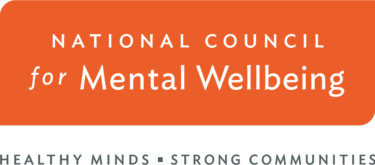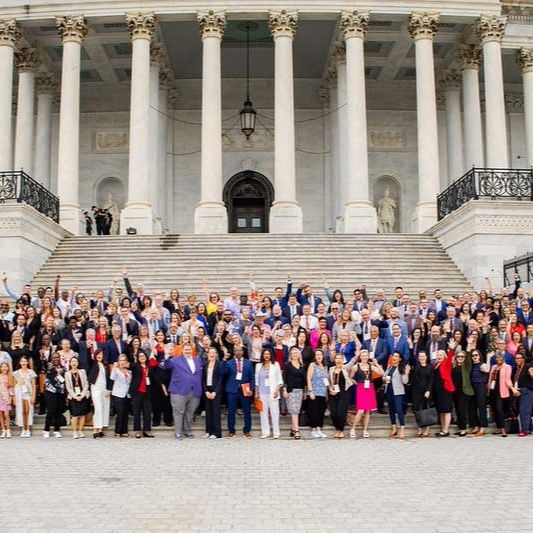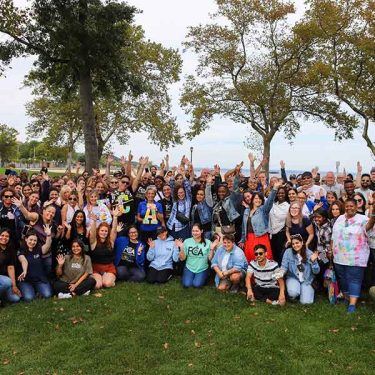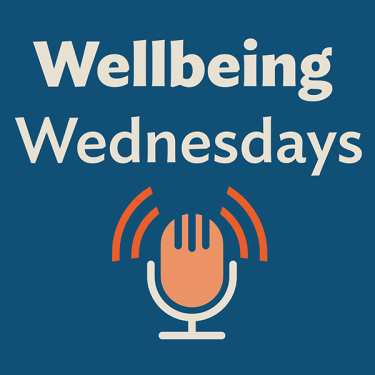There’s no rest for the weary, as the old saying goes.
So, even though we’re still grappling with the culmination of recent legislative changes that will make deep cuts to the Medicaid program, our continued advocacy on federal funding remains as vital as ever.
If adopted by Congress, the president’s budget request for fiscal year (FY) 2026 would result in new cuts to programs across agencies that support people, and so we are already working to stave off those cuts.
Here’s what we know. The administration has proposed $94.7 billion in discretionary funding for the Department of Health and Human Services for FY26, which begins in October. That would represent a massive decrease from the $127 billion in FY25.
As part of a sweeping proposed restructuring plan, the president’s budget request reflects the administration’s announcement in March that the Substance Abuse and Mental Health Services Administration (SAMHSA) and four other agencies would be folded into a new Administration for a Healthy America (AHA).
Many programs across agencies have been proposed for restructuring or reductions, but some key mental health and substance use programs that have been proposed for elimination including:
- Mental Health Awareness Training
- Primary and Behavioral Health Care Integration
- Sober Truth on Preventing Underage Drinking
- Peer Support Services Technical Assistance Center
- Comprehensive Opioid Recovery Centers
- Building Communities of Recovery
Also included in the proposal is $4 billion for a new Behavioral Health Innovation Block Grant that will consolidate the funding for the Community Mental Health Services Block Grant; Substance Use Prevention; Treatment and Recovery Services Block Grant; and State Opioid Response. While many details of this proposed program consolidation remain unclear, it is clear that the new proposal indicates a reduction of roughly $500 million compared to FY25.
Overall, funding for mental and behavioral health programs under the new structure for AHA would amount to $5.8 billion, compared to $7.37 billion for SAMHSA programs in 2024.
Coupled with the recent cuts to Medicaid through reconciliation, these proposed cuts through the appropriations process would significantly worsen efforts to provide mental health and substance use treatment and care, so we need to continue speaking out and letting elected officials know how important it is to preserve this funding.
We know this is a bipartisan issue and mental health and substance use programs have received staunch support across both sides of the aisle. For example, a silver lining in the president’s FY26 budget proposal is funding for Certified Community Behavioral Health Clinics, which is proposed to remain in the new fiscal year and would be funded at the same level as FY25.
However, in this current landscape, the damage caused by steep drops in funding for other mental health and substance use programs would be devastating for many people across our country.
Now is the time to take action to ensure lawmakers know that funding and critical mental health and substance use programs matter to you.
You can use this link to send a note directly to your lawmakers with a pre-written message that you can edit urging them to secure federal funding for key programs across the continuum.
I know we have just worked incredibly hard advocating to preserve the Medicaid program. But we are in this together, so I urge all of you to stay engaged and make your voices heard. We’re stronger together.




